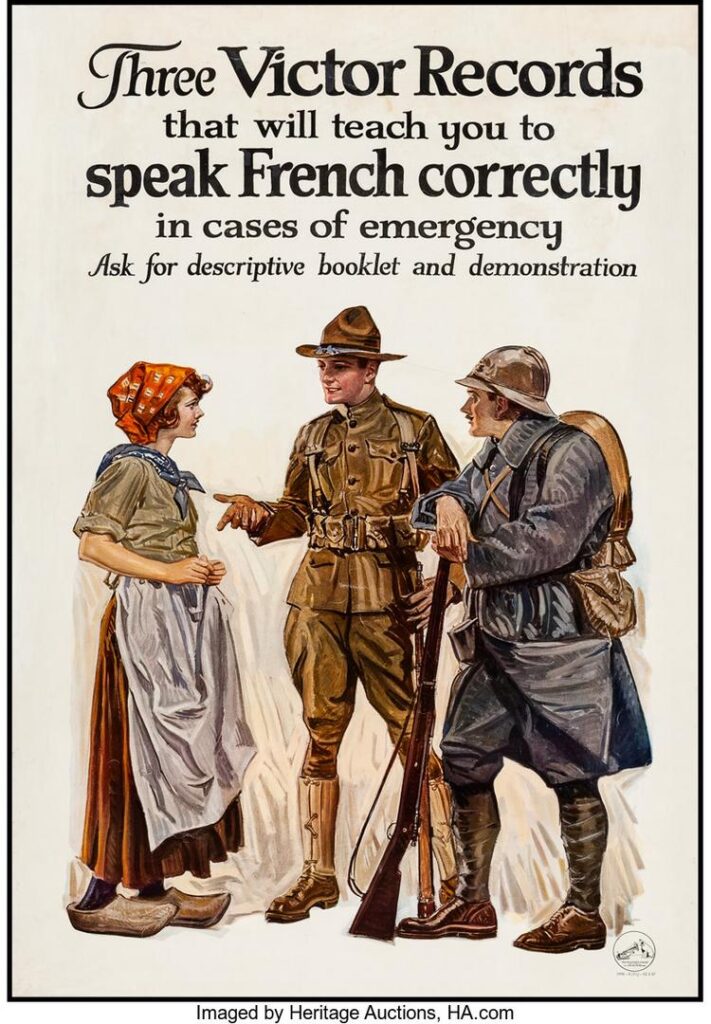BLOG
Finds and Interests
Long before paper existed, people communicated through pictures and symbols. The origins of paper-making date back thousands of years to China, and it has revolutionized how humans communicate. Because of paper, much of our world history has been tangibly recorded and physically passed through generations. However, these documents, often holding sentimental or financial value, can face wear and tear over the years. How can you know when it is worth restoring a fragile paper item versus leaving it as is?
To Restore or Not to Restore
Knowing whether or not to restore your paper can be a pretty simple decision when you answer the question, “What is it worth to you?” Ordinary items are easy to identify and assign a monetary value to, but sentimental pieces can also hold a lot of value.
My advice is this: If it costs more to restore something than it’s worth, you should leave it alone. The older a paper item is, the more it’s expected to have some wear and tear, and important items shouldn’t suffer as much in value for damage. I discuss the value of various items on my website, but you can also discover what certain paper collectibles are worth by reviewing WorthPoint’s Price Guide and other resources.

Image Source: WorthPoint
More on Value
I recently came across a lot of Sante Fe railroad posters. The posters had a neat history, as they used to hang in a railroad station. Although they were heavily discolored from the nicotine that people smoked in the station, I knew they could be worth money, so I sent them to a trusted restorer. It costs approximately $200 to restore a poster, and he could remove the yellow in them altogether. In this condition, they are likely to sell for $800–$1,000 each. Not a bad deal, not a bad deal at all. In these cases, it is a simple decision if you come across something and know it will bring in revenue. You have to have some patience, though.
On the other hand, some items don’t require much patience at all. Smaller-scale items, like letters and photographs, generally don’t suffer as much physical damage because they’re stored throughout the years. However, they can still experience cracking, flaking, water damage, and UV damage. Researching their worth can be more tedious, but it’s all about how you’re interested in spending your resources.

Image Source: WorthPoint
Putting Yourself in Good Hands
Looking for a quality restorer might be the most challenging part of buying, restoring, and selling paper. It pays to have friends in the business, as I usually use word of mouth from colleagues and friends I’ve made over the years. In this business, when you help someone, they’re generally willing to point you in the right direction, too.
If you’re new to the company or unsure where to start, you should check out their reviews online. Before sending your items away, ensure they’ll be in good hands. You can’t believe everything you read on the internet, but if someone genuinely takes time to leave a review, it is because they were impressed, received a discount, or were left steaming and disappointed.
Happy Hunting!
Paper can become faded, stained, or torn over time. The right way to restore the paper depends on the product and the type of damage Whether you are looking to restore something of sentimental value or fix up an item in hopes of making a profit, pursuing that pathway can be worth it. However, if your paper is past the point of no return, check out this WorthPoint article to see what you should do. As always, happy hunting!
Will Seippel is the CEO and founder of WorthPoint, the world’s largest provider of information about art, antiques, and collectibles. An Inc. 500 Company, WorthPoint is used by individuals and organizations seeking credible valuations on everything from cameras to coins. WorthPoint counts the Salvation Army, Habitat for Humanity, and the IRS among its clients.